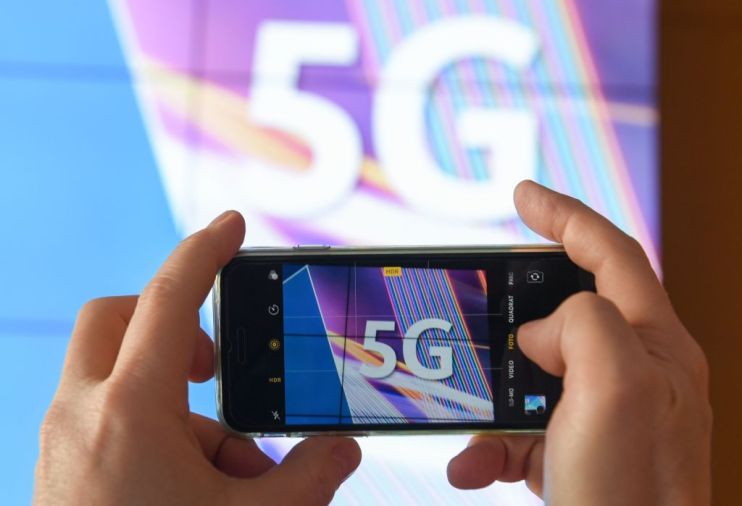America has few options to take on Huawei in a 5G fight

Washington has long maintained that Huawei is a national security threat.
It says the company is a risk because China could use its equipment to spy on citizens. Huawei has repeatedly denied those accusations.
Under Donald Trump’s presidency, the US has sought to convince countries to ban Huawei outright from next-generation mobile networks known as 5G. But success has been limited: last month, the UK — one of America’s closest allies — said Huawei could play a limited role in its 5G rollout.
The problem is the US can’t offer an alternative, and it doesn’t have any coherent policy around 5G.
Recent suggestions from Washington have veered from the need to take controlling stakes in Ericsson and Nokia — Huawei’s only two major competitors — to trying to back rival 5G architecture.
It’s not quite fair to say that the US doesn’t have a dog in the 5G fight. Companies like Qualcomm and Intel will be a key part of making the chips for 5G, for example. But it is true that the US doesn’t have a player that can offer an end-to-end 5G setup like Huawei can.
Any attempt to try to start a Huawei rival in 5G is just too late.
Telecommunications companies, particularly in Europe, are still working out the business case for 5G — a massive network upgrade that won’t be cheap.
One of the advantages that Huawei has reportedly had is on cost, which experts have said comes from Chinese state help. Reports of Chinese banks offering favourable financing deals for Huawei have also been used to back up this claim.
On top of this, Huawei holds key patents for 5G and has been one of the biggest players in helping to set the so-called technical standards over the past decade. That means it will play a huge role in how 5G looks across the world moving forward — whether Washington likes it or not.
In light of this, the US options are limited when it comes to competing with Huawei and getting countries not to use the Chinese firm’s gear.
Its best bet right now is likely to earmark a lot of money that can be used to bring together companies that already exist — some of which won’t be American — and then offer nations a package that can compete with Huawei.
For example, it could try to create an alliance between key US entities like Qualcomm and Cisco, and some other foreign vendors like Samsung, Nokia and Ericsson. Then, backed by US state funding, it could offer a country a complete 5G package that excludes Huawei.
That may be a near-term fix for the 5G era, but fundamentally the US will need to figure out what role it wants to play in whatever technology comes next.
Main image credit: Getty